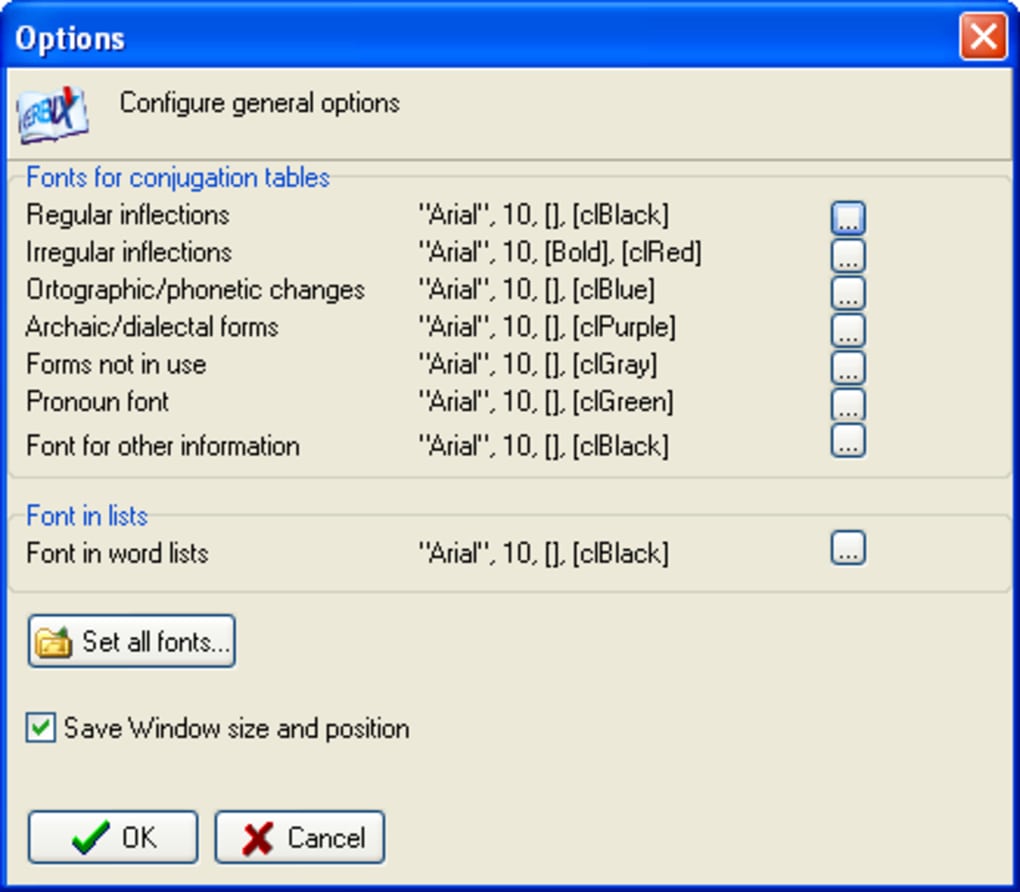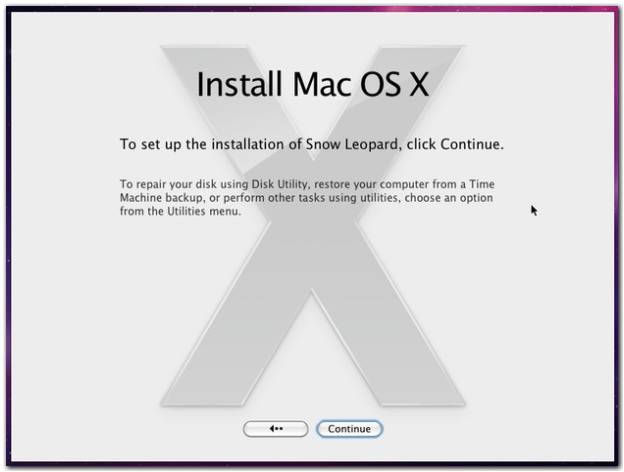

Hence, a better understanding of how our brains operate can result in a better understanding of learning. What Is Neuroeducation? All human abilities, including learning, are a result of our brain activity.

This comes with attempts for a more objective understanding of learning that is based on evidence. The new discipline, neuroeducation, serves to apply the scientific method to curricula design and teaching strategies. Instead of being based on traditional or individual assumptions about learning, education is beginning to be treated more like a science. As technologies like brain mapping and scanning continue to advance our understanding of the human brain, a sub-sector of experts are applying those findings to the classroom. In recent decades we’ve seen the rise of an emerging interdisciplinary field that brings together neuroscientists and educators. Tool 1.4 recasts the Learning Principles so that they are focused on the educators, leading to the identification of priorities and strategies for action."Īs neuroscience brings greater understanding of the human brain, experts are applying those findings in the classroom to improve how we teach and learn. Tool 1.3 puts learners centre stage by getting schools to juxtapose the perceptions of staff with the views of learners themselves. Tool 1.2 builds on the Learning Principles through a Spiral of Inquiry as developed in British Columbia, Canada. Tool 1.1 gets learning environments to interrogate how well they are organised so as to optimise young people’s learning, using either a relatively rapid scan or more profound review.

These Principles maintain that learning environments should: make learning and engagement central ensure it is understood as social be highly attuned to learners’ emotions reflect individual differences be demanding for all while avoiding overload use broad assessments and feedback and promote horizontal connectedness. "The overview section presents: a) the Learning Principles themselves, b) the Principles recast around teachers and educators.


 0 kommentar(er)
0 kommentar(er)
